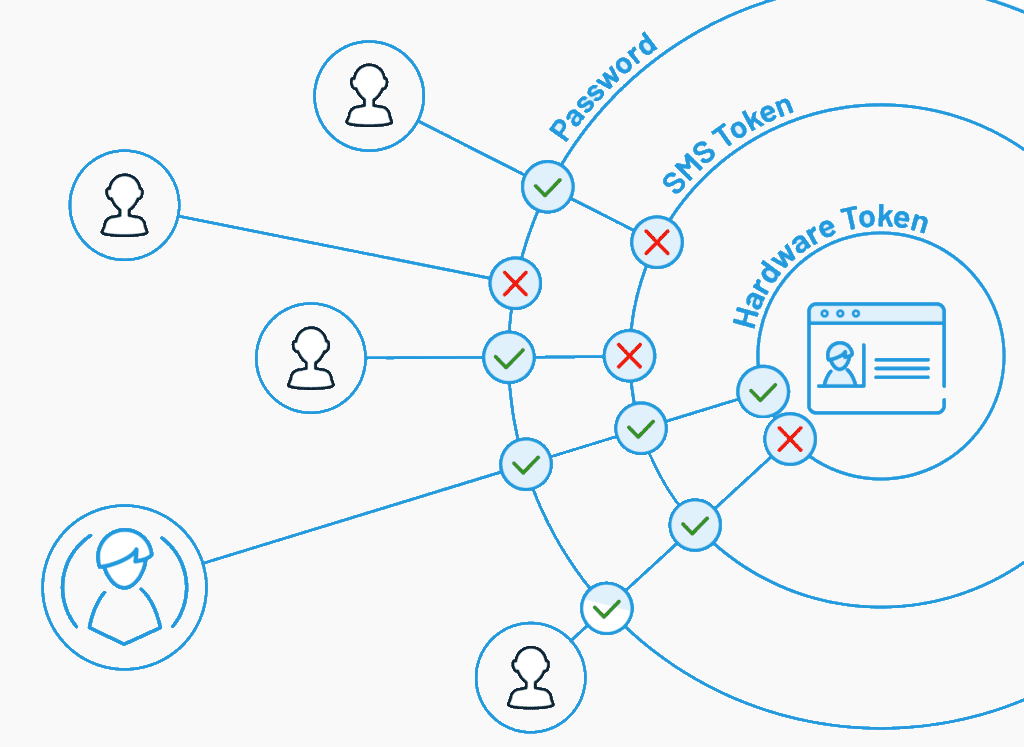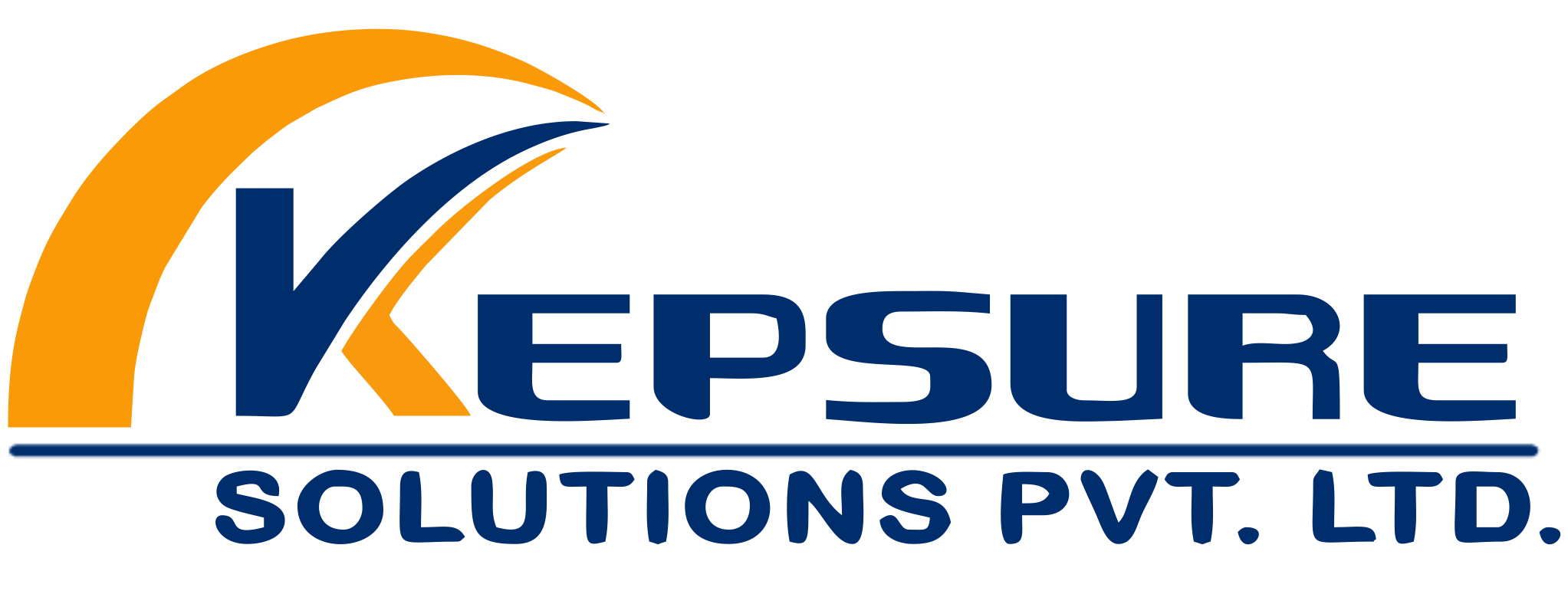

What is Multi-factor Authentication
Multi-factor authentication is an electronic authentication method in which a user is granted access to a website or application only after successfully presenting two or more pieces of evidence to an authentication mechanism: knowledge, possession, and inherence.
Why we need Multi-factor Authentication for our organization?
The main benefit of MFA is it will enhance your organization’s security by requiring your users to identify themselves by more than a username and password. While important, usernames and passwords are vulnerable to brute force attacks and can be stolen by third parties.
Features of Multi-factor Authentication


Easy to Implement
One of the biggest challenges faced by IT departments of the organizations that are eager to switch to MFA is deploying it into existing identity environments, especially when that environment includes both on-premise and cloud apps. You should always look for an MFA software with flexible deployment options (on-premises or as a service) which will make deployment much easier.
Adaptive
The Enterprise mobility and BYOD have made it easier for the users to access sensitive information from remote locations using different devices. This poses grave challenges in terms of data security and compliance. Adaptive multi-factor authentication solves this problem by giving the users flexibility to securely access their resources from anywhere at any time. The MFA tool should sense that a user has logged in from different place using different device and put in front the challenges to identify the user identity. This will prevent the unauthorized access, just in case someone else is trying to access the user’s resources – in an event such as lost/stolen device etc.
Role-Based Multi-Factor Authentication Tool
You often have people with different privilege levels and roles in an organization. A one-mode-fits-all approach to user authentication is surely not the best approach in this scenario. The MFA software must trigger role-based authentication for different set of users. This will be helpful in managing the privileged accounts having access to sensitive data and reinforce security.
Cloud-Based Multi-Factor Authentication Software
The number of cloud applications that is used in the Enterprise or Higher-Ed Institutions is ever-increasing. Whether it is Email, CRM, ERP, Productivity apps or anything, everything is moving to the cloud. This applies to MFA as well. Cloud-based multi-factor authentication software means that you don’t have to worry about the availability and manageability. It is imperative to stay relevant to the changing times.
Multi Authentication Modes
Multiple authentication modes such as email, phone, browser push notifications, device based authentication, challenge questions, and Touch ID, not only give your users the flexibility but also a great way to boost overall security. Some modes that you need to look out for are:
- Email Authentication – The email with a verification link or code is sent to the user. The user needs to click on the link or enter the verification code to access the resources.
- Phone Verification – When you are trying to access your account, you will receive a one-time password (OTP) on your phone via SMS or call. The OTP should be entered to login to your account.
- Browser Push Notifications – A push notification is generated on the browser that pushes the verification code and helps in the authentication process by verifying the user identity.
- Biometrics – Based MFA is the most secure authentication method that is difficult to break. Touch ID verification, voice recognition, or retina scanning can be done to authenticate the user access.



